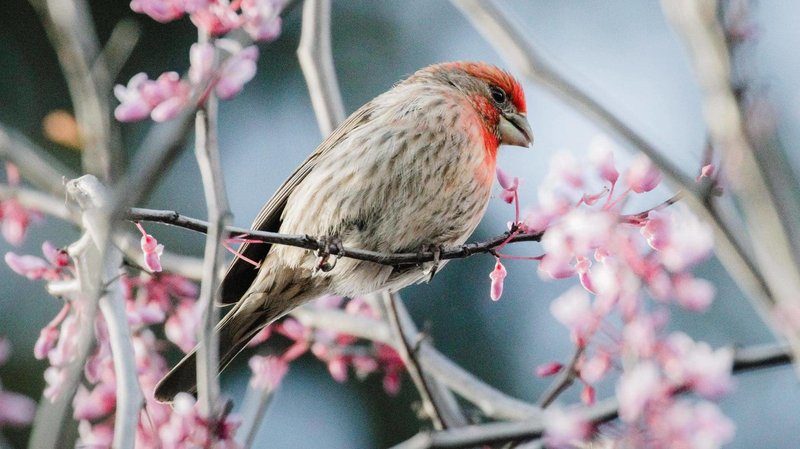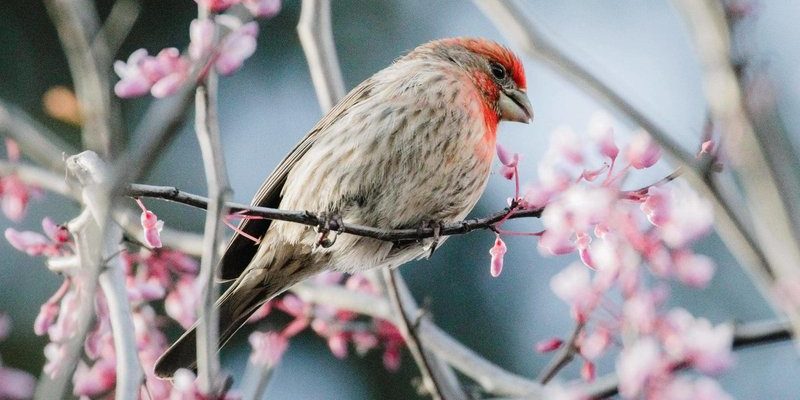
From Native American legends to European myths, finches have inspired people for generations. Their lively nature often symbolizes joy, love, and even resilience. If you’ve ever felt uplifted by the sight or sound of a finch, you’re not alone. Let’s dive deeper into the fascinating world of finches and uncover their roles in local cultures and folklore.
Finches in Native American Culture
In many Native American tribes, finches carry significant meanings, often associated with happiness and good fortune. One common belief is that the joyous song of a finch can herald positive changes in one’s life. Imagine sitting by a river, the gentle sound of water flowing, and suddenly, a finch hops nearby, singing its sweet tune. It’s a reminder that good things are on the horizon.
The *American Goldfinch*, for example, is celebrated for its vibrant yellow plumage. In some tribes, it symbolizes warmth and the promise of summer, serving as a reminder to cherish the beauty of life. The idea is that when the finch appears, it brings a sense of lightness and hope, much like the sun breaking through clouds.
Many stories told among the tribes also highlight the finch’s resourcefulness. In these tales, the finch might overcome obstacles with cleverness and agility, inspiring listeners to face their challenges with a similar spirit. It’s like watching a tiny superhero in action!
Folklore from Different Cultures
Finches have inspired diverse tales across various regions, often reflecting the community’s values or aspirations. In some European cultures, for instance, finches were seen as symbols of love and fidelity. In medieval times, lovers would often gift each other images of finches to express their feelings. The cheerful chirps and lively behavior of these birds became a metaphor for courting and romance.
In addition to love, finches are sometimes associated with luck. For example, in certain Celtic traditions, spotting a finch could mean that you’ll experience a stroke of good fortune. It’s as if the finch carries a little charm with it, reminding us to stay open to the unexpected joys life might bring.
Interestingly, this association often extends to harvests and bountiful seasons. As summer approached, finches would be seen gathering seeds, leading many to think that their presence signified a fruitful season ahead. Just imagine farmers looking to the skies, hopeful for a good yield, inspired by the joyful gathering of finches.
The Finch in Literature and Art
Finches haven’t just captured the attention of storytellers; they’ve also made their mark in literature and art. Poets and authors frequently use finches as symbols of freedom, joy, and the fleeting nature of life. In *Herman Melville’s* works, finches often represent the optimistic side of human nature, a reminder to embrace the little things that make life beautiful.
Visual artists, too, have found inspiration in these charming birds. Think about the colorful paintings depicting finches perched on blossoming branches, illustrating the beauty of spring. These artworks evoke feelings of peace, renewal, and happiness. Just as the finch flits from flower to flower, these artists remind us to appreciate the beauty that surrounds us every day.
In children’s literature, finches often appear as characters that teach valuable lessons. They might embody bravery or kindness, turning simple stories into powerful narratives that resonate with young readers. You might find yourself smiling as you read about a finch helping a lost creature find its way home, reinforcing the idea that even the smallest among us can make a big difference.
Symbolism in Different Regions
Across the globe, finches symbolize various themes, depending on local traditions. In Japan, for example, the *Buntings*, a type of finch, are associated with happiness and good omens. During the New Year celebrations, people often put up decorations featuring these birds, hoping to invite joy and prosperity into their homes.
In African cultures, finches are viewed as messengers. It’s believed that if a finch appears when someone is troubled, it brings guidance, helping them find clarity in difficult situations. This belief instills hope, reminding individuals that they are not alone in their struggles.
You might be surprised to learn that in some cultures, finches are even linked to the spiritual realm. Their songs are thought to be messages from ancestors or nature, connecting the earthly with the divine. This connection encourages people to listen more closely to the world around them, seeking wisdom and guidance in everyday moments.
Finches in Modern Culture
In contemporary times, finches continue to inspire and uplift. They often symbolize environmental consciousness and conservation efforts. As their populations begin to dwindle due to habitat loss, various organizations have sprung up to protect them. People take part in birdwatching events, hosted in communities that celebrate these beloved birds.
Social media has also played a role in modern finch culture. You might stumble upon vibrant images or videos of finches in your feed, sparking joy among followers. Many people share personal stories about how a finch sighting brightened their day or became a symbol of resilience during tough times. It’s amazing how these simple creatures continue to connect us in this fast-paced world.
Additionally, finches have become popular motifs in various crafts, like embroidery and pottery. Artisans incorporate their images into everyday objects, serving as constant reminders of beauty and joy in our lives. Just as a well-placed finch can add vibrancy to a garden, these artworks add a splash of color to our homes.
Conservation and Folklore
As we discuss the role of finches in local cultures and folklore, it’s essential to recognize how conservation efforts are intertwined with these traditions. Many communities are working hard to protect these beautiful birds and their habitats. It’s a great reminder of our responsibility to the environment and the creatures we share it with.
By preserving natural spaces, we’re not just saving finches; we’re also maintaining the stories and cultural significance tied to them. For example, protecting wetlands can help ensure that a young child, like you, can witness a finch’s vibrant plumage someday and hear its cheerful song.
Communities often tie these conservation efforts to the narratives surrounding finches, using traditional stories to educate and motivate others. By connecting folklore with modern environmentalism, we can foster a deeper appreciation for our feathered friends and the roles they play in our lives.
A Takeaway on Finches in Culture
Ultimately, finches are more than just pretty birds. They represent a tapestry of stories and beliefs across cultures and generations. From their symbolism in Native American traditions to their vibrant depictions in literature and art, finches help us connect with nature and each other.
So, next time you spot a finch, take a moment to appreciate the joy and meaning it brings. You might find inspiration in its cheerful song or a reminder of the resilience we all need in our lives. There’s a little bit of magic in these tiny creatures, linking us to history, folklore, and the beauty of the world around us. Embrace it, and let that moment brighten your day!

